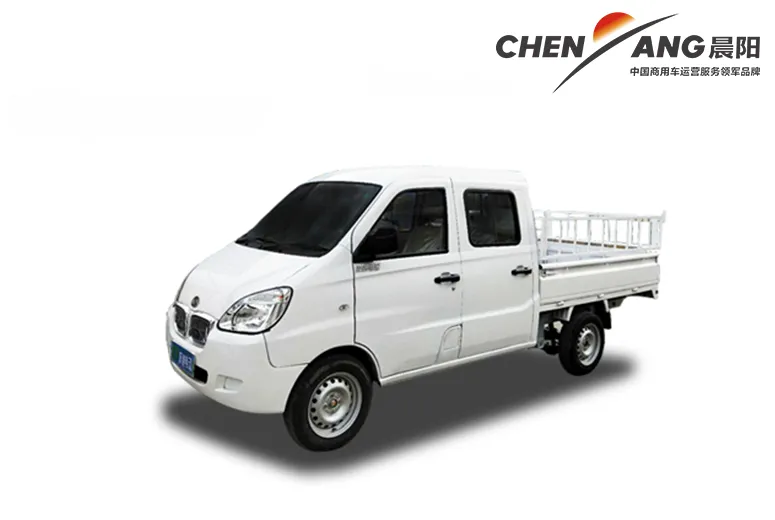Construction Techniques and Innovations in Roller Machine Development for Improved Efficiency
The Construction and Application of Roller Machines
Roller machines, vital in the field of construction, are heavy-duty equipment used for compacting soil, gravel, asphalt, and other materials. They play a crucial role in building roads, bridges, and laying the foundation for various structures. The significance of roller machines extends beyond merely compressing materials; they are essential for ensuring the stability and longevity of infrastructure.
Types of Roller Machines
There are various types of roller machines, each designed for specific applications. The most common types include
1. Smooth Drum Rollers These machines have a smooth, cylindrical drum that can efficiently compact asphalt and soil. They are particularly useful in road construction and maintenance, providing a flat and even surface.
2. Padfoot Rollers These feature a drum with protruding pads or feet, making them suitable for clay and granular soils. The padfoot design allows for deeper penetration and better compaction of tough materials.
3. Sheepsfoot Rollers Similar to padfoot rollers, these machines have rounded feet that help in compacting cohesive soils. They are commonly used in earthworks and embankment projects.
4. Multi-Tire Rollers These machines bring together the benefits of both vibratory and static compaction. Their multiple tires spread the weight over a larger area, making them effective for compacting asphalt and other materials.
5. Vibratory Rollers Equipped with a mechanism that produces vibrations, these rollers are particularly effective in compacting asphalt and granular materials. The vibrations help in achieving a denser compaction by rearranging the particles within the material.
The Construction Process
The construction process involving roller machines typically begins with site preparation. This includes clearing the area of any debris and vegetation to expose the soil. Once the site is ready, the material to be compacted is laid down in layers. The thickness of these layers often depends on the type of material and the specifications of the project.
After laying the material, the roller machine is brought in to compact it. The operator carefully monitors the compaction process, often using a nuclear density gauge to measure the density of the material and ensure it meets the required standards. This stage is crucial, as inadequate compaction can lead to issues such as settling or cracking in the finished road or structure.
roller machine construction

Many modern roller machines are equipped with advanced technology, including GPS systems and onboard computers that help operators ensure optimal performance
. These features allow for real-time data collection and adjustments to enhance the compaction process and improve efficiency.Benefits of Using Roller Machines
Roller machines offer numerous benefits in the construction industry
- Efficiency They speed up the compaction process, allowing projects to be completed in less time without compromising quality.
- Cost-Effectiveness By ensuring proper compaction, roller machines help prevent future maintenance costs that might arise from uneven settling or other related issues.
- Versatility Different types of roller machines can be adapted for various conditions and materials, making them essential on diverse construction sites.
- Improved Safety Properly compacted materials lead to a safer working environment. Structures that are built on well-compacted soil are less likely to collapse or experience failures.
Challenges and Considerations
Despite their advantages, the use of roller machines comes with challenges. Operators need extensive training to handle these often heavy and complex machines effectively. Poor operator performance can lead to uneven compaction, which may cause future structural issues.
Additionally, environmental considerations must be taken into account. The operation of heavy machinery can contribute to soil erosion, dust pollution, and other environmental impacts. Therefore, construction managers must implement strategies to mitigate these effects, such as using water sprays to control dust and selecting locations for site operations that minimize ecological disruption.
Conclusion
In summary, roller machines are indispensable in the construction industry. Their ability to compact materials effectively ensures the safety and longevity of infrastructure projects. As technology advances and sustainability becomes a priority, roller machines will continue to evolve, incorporating new features and capabilities that further enhance their performance and reduce their environmental impact. Their role will only grow more significant as infrastructure demands increase globally.
-
SINOTRUK HOWO 84 Electric Dump Truck for Eco-Friendly Heavy HaulingNewsJul.26,2025
-
The Fast 16-Gear Manual Transmission Assembly for Heavy TrucksNewsJul.25,2025
-
Mercedes Benz Actros 1848 42 Tractor Truck for Sale - Reliable PerformanceNewsJul.24,2025
-
High-Quality Water Pump Assembly for Sinotruk Trucks – Durable & ReliableNewsJul.23,2025
-
Premium Truck Engine Antifreeze Coolant Fluid for Heavy Duty VehiclesNewsJul.22,2025
-
FOTON View G7 Mini Bus: Affordable & Spacious TransportNewsJul.22,2025
Popular products

























